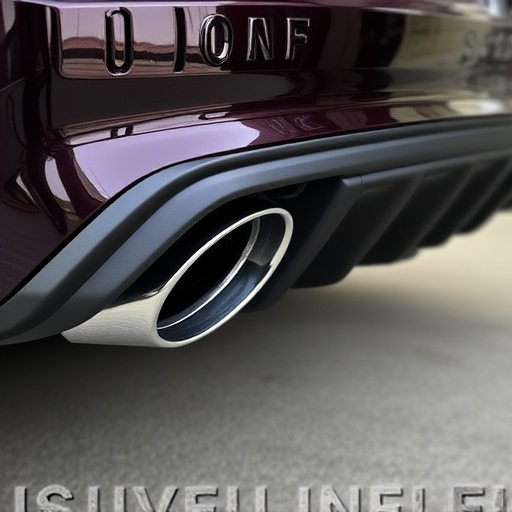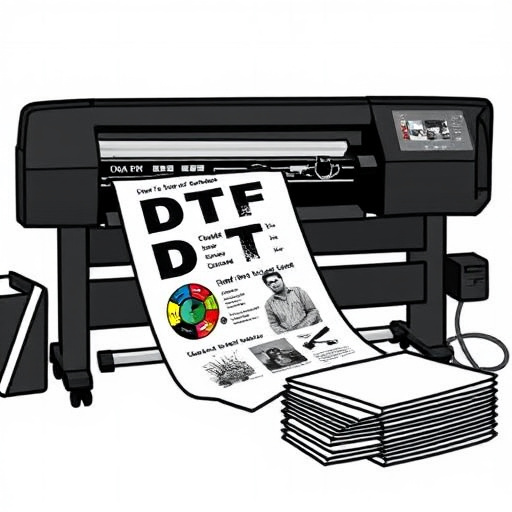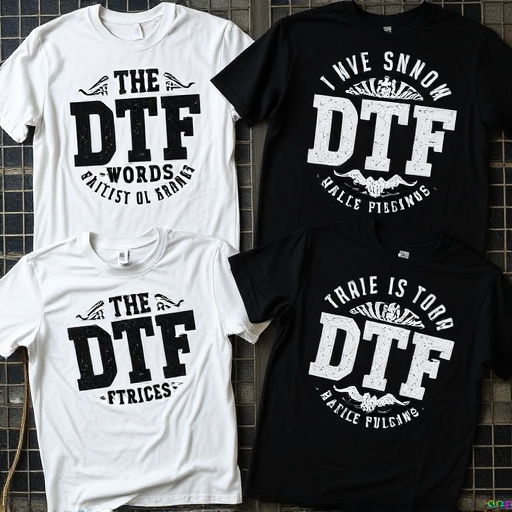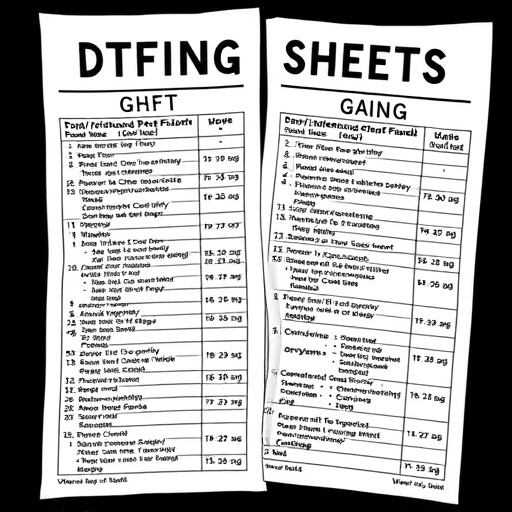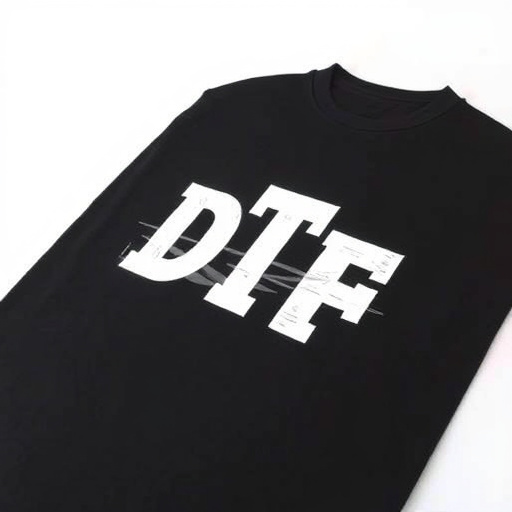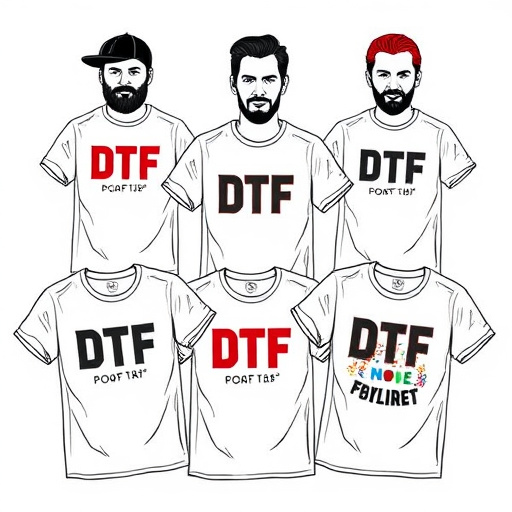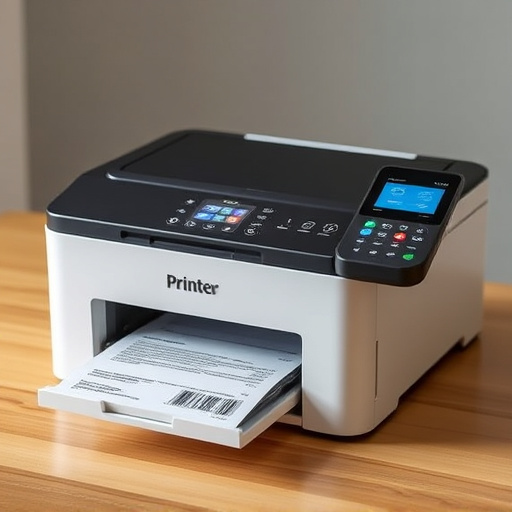Direct-to-fabric (DTF) inks, especially white DTF, have revolutionized printmaking by enabling bold, vibrant prints on various materials like t-shirts with exceptional color saturation and durability. Their ease of use and versatility make them suitable for professionals and hobbyists in custom apparel and signage. This technology, eliminating the need for multiple layers, results in faster production times and more vivid colors, particularly advantageous for t-shirt printing. Beginners can transform their custom design journey by understanding DTG printing fundamentals and utilizing quality inks to create captivating designs on fabrics like hoodies and T-shirts.
“Discover the revolutionary world of DTF (Direct to Forme) inks, particularly the rising star: white DTF inks. This cutting-edge technology is transforming printmaking with its ability to produce bold, vibrant designs on a variety of surfaces.
In this comprehensive guide, we’ll explore how white DTF inks offer unparalleled visual impact, from their crisp details to rich color reproduction. We’ll also provide a beginner’s step-by-step guide for adopting this technology and unlock the secrets to creating stunning prints with ease.”
- Understanding DTF Inks: A New Standard in Printmaking
- The Benefits of White DTF Inks for Stunning Visuals
- Adopting White DTF Inks: A Step-by-Step Guide for Beginners
Understanding DTF Inks: A New Standard in Printmaking
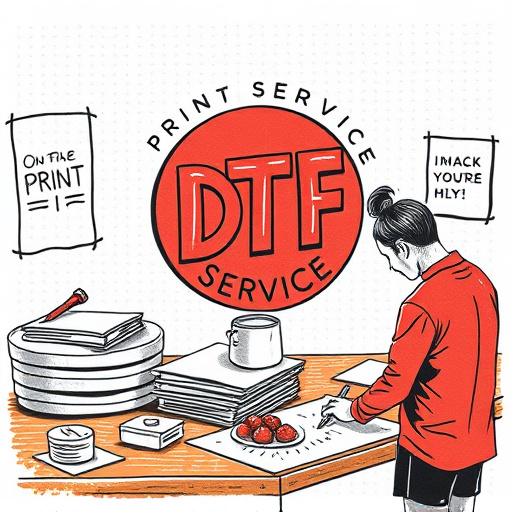
Direct to fabric (DTF) inks have emerged as a game-changer in the printmaking industry, redefining the standards for creating bold and vibrant prints on various materials, including t-shirts. Unlike traditional printing methods, DTF offers a direct application process, allowing ink to bond with the fabric fiber, resulting in exceptional color saturation and durability. This innovative approach has captivated artists, designers, and entrepreneurs alike, who are now exploring new creative avenues with DTF printing.
The appeal of DTF inks lies in their versatility and ease of use. They are designed specifically for dtf transfer sheets, enabling users to achieve crisp, high-resolution prints on a wide range of fabrics. Whether it’s for customizing apparel or creating eye-catching signage, DTF printing has streamlined the process, making it accessible to both professionals and hobbyists. With their ability to produce bold designs with rich colors and fine detail, DTF inks are rapidly becoming the go-to choice for those seeking a modern, efficient printmaking solution.
The Benefits of White DTF Inks for Stunning Visuals
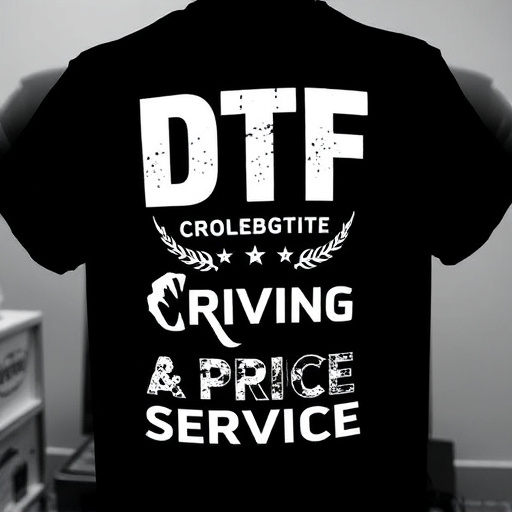
White DTF inks are transforming the printing industry by offering a unique advantage for creating bold and visually stunning designs. One of the key benefits is their ability to produce crisp, white prints on various materials, ensuring that text and fine details stand out vividly. This is particularly advantageous for t-shirt printing, where clear and impactful graphics are in high demand. With DTF (Direct to Film) technology, printers can achieve professional-grade results with ease.
These inks provide a superior alternative to traditional heat transfer papers, as they eliminate the need for multiple layers, resulting in more vibrant colors and faster production times. Direct to film printing allows for direct application of ink onto the substrate, making it ideal for creating intricate patterns and detailed illustrations. The white base ensures that darker garments or backgrounds remain unstained, showcasing the design’s full potential.
Adopting White DTF Inks: A Step-by-Step Guide for Beginners

Adopting White DTF Inks: A Beginner’s Journey
For those new to the world of DTG (Direct-to-Garment) printing, diving into the use of White DTF inks is an exciting and transformative step. This process allows for bold, vibrant prints on a variety of fabrics, perfect for custom designs on hoodies, T-shirts, and more. Here’s a simple guide to help beginners navigate this innovative technique:
1. Understand DTG Printing Basics: Familiarize yourself with the DTF printing process. It involves applying ink through a mesh screen onto a garment using a squeegee, creating high-quality, detailed prints. White DTF inks are ideal for achieving crisp, bold designs, especially in contrast to colored fabrics.
2. Select Your Inks and Equipment: Choose high-quality White DTF inks designed for optimal print performance. Invest in a reliable DTG printer, screens, and a squeegee. Ensure your workspace is prepared with proper ventilation and safety gear due to the nature of ink usage.
3. Prepare Your Design: Create or source custom designs suitable for DTF printing. Vector graphics are preferred as they offer precise lines and sharp corners, ensuring accurate reproduction on garments. You can use design software to ensure your artwork meets the required specifications for DTF transfers.
4. Apply the DTF Transfer: Start by laying the print-ready transfer paper onto the garment. Position it accurately according to your design. Then, using the squeegee, apply even pressure over the ink, ensuring complete coverage. The white ink will bond with the fabric, creating a durable and vibrant print.
5. Cure and Dry: After printing, cure the ink by heating the garment in a DTG dryer or ironing it to set the design permanently. Ensure proper drying time for optimal results. With these simple steps, beginners can start exploring the art of DTF printing for custom dtf transfers and captivating designs on hoodies and other garments.
The rise of white DTF inks marks a significant shift in printmaking, offering a new standard for bold and visually stunning results. By embracing these innovative inks, creators can unlock a world of possibilities, from enhancing detail to achieving vibrant contrasts. With the provided step-by-step guide, beginners can confidently navigate this process, ensuring their prints are nothing short of remarkable. Understanding and leveraging DTF inks is now within reach, promising an exciting future for artistic expression in the digital age.




